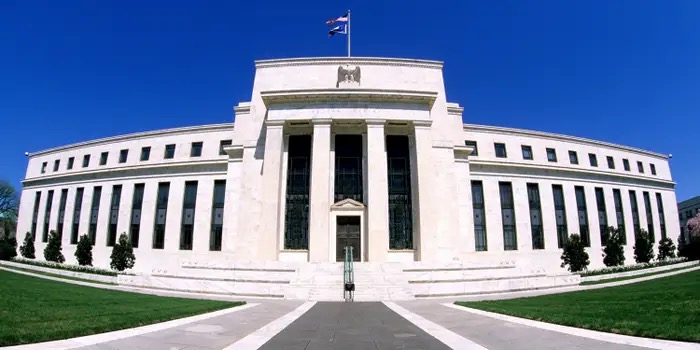The Fed

The Federal Reserve, often referred to as the Fed, is the central banking system of the United States. It was created in response to a series of financial panics and economic instability in the late 19th and early 20th centuries. The history of the Fed can be divided into several key periods:
- Pre-Federal Reserve Era (Late 19th Century): Before the establishment of the Fed, the United States experienced frequent financial crises and panics, such as the Panic of 1907. The country lacked a central banking system, and banking was primarily decentralized, leading to a lack of coordination in monetary policy.
- The Aldrich Plan and the Panic of 1907: In 1910, Senator Nelson Aldrich, a Republican, led a group of bankers and economists to draft a plan to create a central banking system. The Panic of 1907, which was marked by a severe financial crisis, provided additional motivation for the establishment of a central bank to stabilize the economy.
- The Federal Reserve Act (1913): The Federal Reserve System was established with the signing of the Federal Reserve Act on December 23, 1913, by President Woodrow Wilson. The Act created the Federal Reserve as a decentralized central banking system with a structure of 12 regional banks, each with its own board of directors.
- Early Operations and World War I: In its early years, the Federal Reserve focused on establishing its operations and responding to the financial challenges posed by World War I. It played a crucial role in financing the war effort and helping stabilize the economy during this period.
- The Great Depression and New Deal (1930s): The Fed faced significant challenges during the Great Depression. Critics argued that its policies contributed to the severity of the economic downturn. In response, the Banking Act of 1935 restructured the Federal Reserve, providing it with more independence and enhancing its regulatory powers.
- Post-World War Il Era: The Fed played a key role in managing the U.S. economy during the post-World War Il period. It adopted new tools and strategies for monetary policy, including open market operations, discount rate changes, and reserve requirements.
- Monetarist and Inflation-Fighting Era (1970s): The 1970s saw the Fed adopting a more aggressive approach to combating inflation, following the monetarist principles advocated by economists like Milton Friedman. Paul Volcker, as the Fed's chairman, implemented tight monetary policies to bring down inflation, leading to a recession in the early 1980s.
- Modern Era: The Fed has continued to evolve, adapting its policies to various economic challenges. It played a crucial role in responding to the 2008 financial crisis, implementing unconventional monetary policies such as quantitative easing. The Fed's role and actions have remained central in addressing economic crises and promoting stable economic growth.
Throughout its history, the Federal Reserve has faced debates and criticism regarding its structure, policies, and effectiveness. However, it remains a key institution in the U.S. financial system, responsible for conducting monetary policy, supervising and regulating banks, and maintaining the stability of the financial system.
Categories
Recent Posts

Struggling To Sell Your House? Read This.

Expect the Unexpected: Anticipating Volatility in Today’s Housing Market

Home Values Rise Even as Median Prices Fall

This Is the Sweet Spot Homebuyers Have Been Waiting For

Secrets To Selling Your House Quickly

Should I Use a Local Realtor?

Should I Join a Real Estate Team

Best Time to Buy a House

Benefits of Homeownership

Top 10 Recreational Spots in OK

